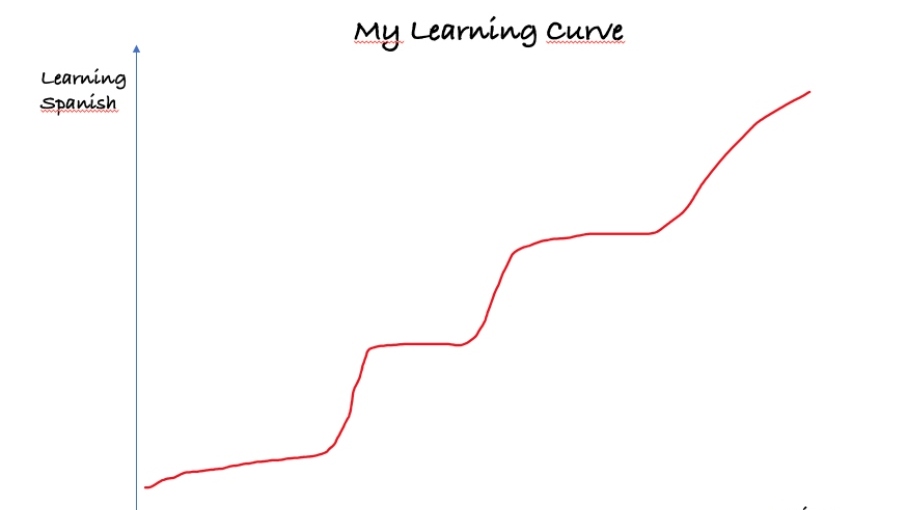Have you ever caught yourself confidently dishing out a solution to a problem, only to realize later it wasn’t the best approach? I remember this one time on a Zoom call, I was so certain about my marketing strategy that I brushed off another idea from a younger colleague. “Let’s run with my plan,” I said confidently. Fast forward a few weeks, and we had to overhaul everything – at a significant cost. Turns out, my colleague’s idea was the winner we needed.
The Quick Fix Trap
This got me thinking about what Mark Twain said, “What gets us into trouble is not what we don’t know, but what we think we know that just ain’t so.” It’s a classic case of the curse of knowledge – when our expertise or experience blinds us to new, potentially better solutions.
Diving into the ACE Process
So, how do we avoid falling into this trap? One approach I’ve found incredibly helpful is the ACE process: Address, Create, Execute. It’s a straightforward yet powerful method to tackle problems effectively.
- Address: First, get to the heart of the problem. Understand it inside out. It’s not just about identifying the issue but really getting into the nitty-gritty of it.
- Create: Here’s where brainstorming comes in. And remember, this isn’t a solo sport. Involve your team, encourage wild ideas, and yes, grab a pen and jot them down. Often, the most standout solutions are birthed from teamwork and shared brainstorming.
- Execute: Now, take those ideas and put them into action. This is the point where thoughts turn into actions.
Think Process Before Solution
In the world of problem-solving, it’s crucial to remember one of our key laws of learning: think process before solution. This approach isn’t just about finding answers; it’s about understanding the journey to those answers. When we zero in on the journey, not just the end goal, it lets us dive deep into exploring and understanding different routes—this way, our solutions are more thoughtful and built to last. It’s a mindset that encourages depth over speed, understanding that the best solutions are often found through a thoughtful, step-by-step journey.
In my story, had I taken a moment to encourage everyone to share their thoughts, who knows what creative solutions we might have discovered? For sure, we would have applied my colleague’s solution – and saved us money.
But asking for input made me realize I should’ve gathered everyone’s ideas first. It’s okay to not have all the answers. Indeed, recognizing this opens up the door for more creative and effective solutions. The next time you’re sure about your solution, take a step back and ask, “What if there are better solutions?”
Teamwork Makes the Dream Work: ACE it!
Remember, success isn’t just about having great ideas; it’s about fostering an environment where all ideas are heard and considered.
So, when you’re stuck trying to fix a problem, remember ACE – keep an open mind for different viewpoints and brace yourself for unexpected yet brilliant solutions.
Further reading
- The Curse of Knowledge:
- “Made to Stick: Why Some Ideas Survive and Others Die” by Chip Heath and Dan Heath (2007). But making complex ideas easy to grasp takes artful explaining.
- “The Art of Explanation: Making Your Ideas, Products, and Services Easier to Understand” by Lee LeFever (2012). This book dives into the tough task of simplifying complex concepts, exploring both the problems faced and ways to overcome them.
- The Importance of Not Jumping to Solutions:
- “Thinking, Fast and Slow” by Daniel Kahneman (2011). Daniel Kahneman discusses how relying too much on our quick, instinctive thinking can result in rash choices.
- “The Design of Everyday Things” by Don Norman (1988, revised 2013). But before rushing to solutions, it’s crucial to first get a solid handle on identifying the root problems.
- The Importance of Process Thinking:
- “The Lean Startup” by Eric Ries (2011). Lean into the struggle.
- “Process Thinking: Six Pathways to Successful Decision Making” by Lyle Sussman and David Dubofsky (2015). But small businesses and startups need to think carefully about where each dollar goes.
- The Importance of Humility in Finding Solutions:
- “Good to Great: Why Some Companies Make the Leap and Others Don’t” by Jim Collins (2001). Collins highlights how humility plays a pivotal part in making leadership effective.
- “Humility Is the New Smart: Rethinking Human Excellence in the Smart Machine Age” by Edward D. Hess and Katherine Ludwig (2017). This book delves into how humility is a vital asset in our tech-driven world.



